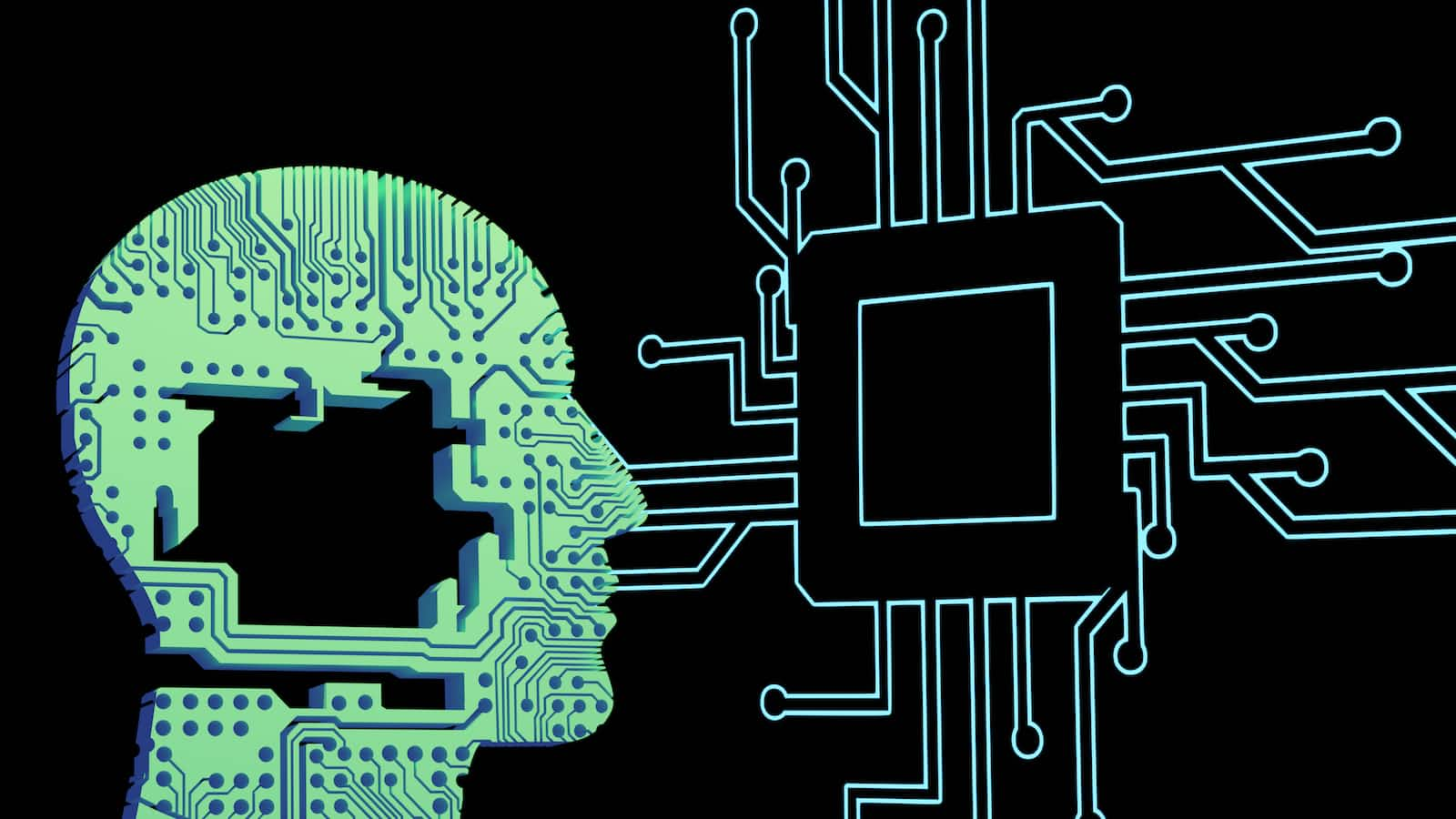GPT and LLMs: Unraveling the Basics
 Tom Kooy
Tom Kooy
Introduction
ChatGPT is a conversation agent based on the Language Model (LM) called GPT-3.5, developed by OpenAI. GPT stands for "Generative Pre-trained Transformer" that has been trained on massive amounts of text data.
Large Language Models (LLMs) are advanced artificial intelligence (AI) models designed to understand and generate human language. They are trained on massive amounts of text data to learn patterns and structures in language. This enables them to perform tasks such as text generation, question and answer, creating summaries, translations, and much more.
LLMs are based on a technique called transformer architecture, which focuses on understanding the context of words within a sentence. The main concept here is the 'attention' mechanism that determines which parts of the text are most relevant for understanding a particular word or phrase.
Some well-known LLMs include:
| LM | Initial Release | Developer |
| Bard | 2023-03-21 | |
| ChatGPT | 2022-11-30 | OpenAI |
| Llama 2 | 2023-07-18 | Meta |
Training
Imagine a gigantic book with millions of pages of text - from literature and scientific articles to cookbooks and travelogues. This book represents the dataset we use to train the LLM.
Data preparation
Before the training process begins, the text in the book is split into smaller pieces, such as sentences or paragraphs. These pieces of text are then converted into a form that the model can understand, usually a numerical representation.
The training process
The LLM starts by reading the gigantic book. It reads the sentences and tries to predict what the next word in the sentence could be. In the beginning, the predictions are random, but as the model reads more and more text and receives feedback on the accuracy of its predictions (i.e., is the next word predicted correctly or not), the model learns to recognize patterns and improves its predictions.
Optimization
This process is repeated many times, with the model being continuously adjusted and optimized based on the feedback it receives. Eventually, the model learns to understand complex language patterns and can generate realistic and coherent text based on the input it receives.
It is important to remember that, although the model can learn to generate realistic text, it does not actually understand the meaning of the words or the context in which they are used. It bases its output purely on the patterns it has learned from the data it has been trained on.
How do they train a model without access to prohibited material?
When working with sensitive data, such as child protection or other regulated areas, companies must ensure that their methods and processes comply with relevant laws and regulations. This can range from local privacy laws to international regulations. To comply with these regulations, companies often work closely with government and regulatory agencies. This means that these agencies can be actively involved in monitoring the company's work. For example, they can oversee the development of the model, ensure that the data used is legal and ethically responsible, and check that the model functions properly once it is in use.
This can also mean that the company and regulatory agencies collaborate in developing and testing the model. For instance, a government agency can share its expertise in child protection to help design a model that can effectively and accurately detect prohibited content. Together, they can ensure that the model not only does what it is supposed to do (e.g., detecting prohibited content) but also does so in a way that safeguards privacy and security.
Through this close collaboration, companies can ensure that their AI models are developed and used responsibly and legally, while still reaping the benefits of this technology.
Hallucinations & Deepdreaming
"Hallucinations" and "Deep Dreaming" are terms often used to describe certain phenomena in Large Language Models (LLMs) and other types of deep learning models.
Hallucinations
In the context of LLMs, a hallucination refers to a situation where the model generates something that was not present in the input or does not correspond to the facts in the data it was trained on. These 'hallucinations' can range from minor errors to completely incorrect information. They occur because LLMs learn patterns and relationships in the data during the training process, but they have no way to verify facts or ensure truthfulness. For example, if asked about a fictional event, they can generate responses that fit the context but do not correspond to reality.
In the "Large Language Models and the Phenomenon of AI Hallucinations" article, I will delve further into this particular topic.
Deep Dreaming
This is a term originally introduced by Google to describe how their image recognition models learn and work. It is a process where a model is deliberately stimulated to exaggerate the features it has learned, resulting in surreal and dream-like images. In the context of LLMs, the concept of 'Deep Dreaming' is less clear, but it can be interpreted as the idea of the model generating exaggerated patterns based on the input it receives, which can lead to unique and often unexpected output.
What are the limitations?
Limited factual reliability
Although LLMs learn vast amounts of data, they do not have access to world knowledge as humans do. They cannot distinguish between truthful and false information in the data they are trained on. This can lead to situations where they produce inaccurate or misleading information.
Context understanding
While LLMs are designed to understand context, they can sometimes fall short, especially with complex or ambiguous texts. They often do not understand the context of a text in the same profound way a human would.
Ethics and Bias
Since LLMs are trained on real-world data, they can also absorb the biases present in that data. This can lead to situations where an LLM produces biased or inappropriate outputs. Moreover, they lack ethical awareness and thus cannot distinguish between good and bad actions.
Generation of New Knowledge
LLMs do not generate new knowledge or insights. They can only reproduce patterns and structures they have learned from the data they were trained on.
Hallucinations
As previously mentioned, LLMs can 'hallucinate' or generate information that does not exist or does not align with reality.
Data and Energy Requirements
Training LLMs requires massive amounts of data and computational power, leading to significant costs and environmental impact.
How do I think we can (partially) solve these limitations?
This topic is based on my own ideas. To further develop my ideas, I conducted online research to see how other experts think, as there was little information available during a conference where I was attending.
Quantum Computing
Quantum computers can perform certain calculations significantly faster than traditional computers, which can greatly reduce the processing time and the amount of required computing power for training and using Large Language Models (LLMs). This reduction in processing time and computing power not only decreases the ecological impact of these models but also makes them more accessible. Furthermore, I see some parallels between how quantum computers operate and how the human brain functions. Could this emerging technology achieve a more human-like intelligence?
Processing Speed and Scalability
Quantum computers can perform certain calculations significantly faster than traditional computers. This can greatly reduce the processing time and the amount of required computing power for training and using LLMs. In turn, this can decrease the ecological impact of these models and make them more accessible.
Better Optimization
Quantum computing has the potential to improve the training process of deep learning models. It can help us more efficiently find the "best solutions" in the complex structures where these models learn. As a result, we may be able to create better and more accurate AI models.
Quantum machine learning
Research is being conducted on how quantum mechanics can be used to improve machine learning algorithms. Although this field is still very new, it could lead to more efficient and powerful LLMs in the future.
However, it is important to remember that quantum computing will not solve all the limitations of LLMs. For example, issues such as factual reliability, understanding of context, ethics and bias, and the generation of new knowledge, are inherent challenges in the way LLMs are designed and trained, and will likely not be fully resolved by faster or more efficient hardware.
https://thequantuminsider.com/2023/02/13/how-could-quantum-computing-improve-large-language-models/
Subscribe to my newsletter
Read articles from Tom Kooy directly inside your inbox. Subscribe to the newsletter, and don't miss out.
Written by
